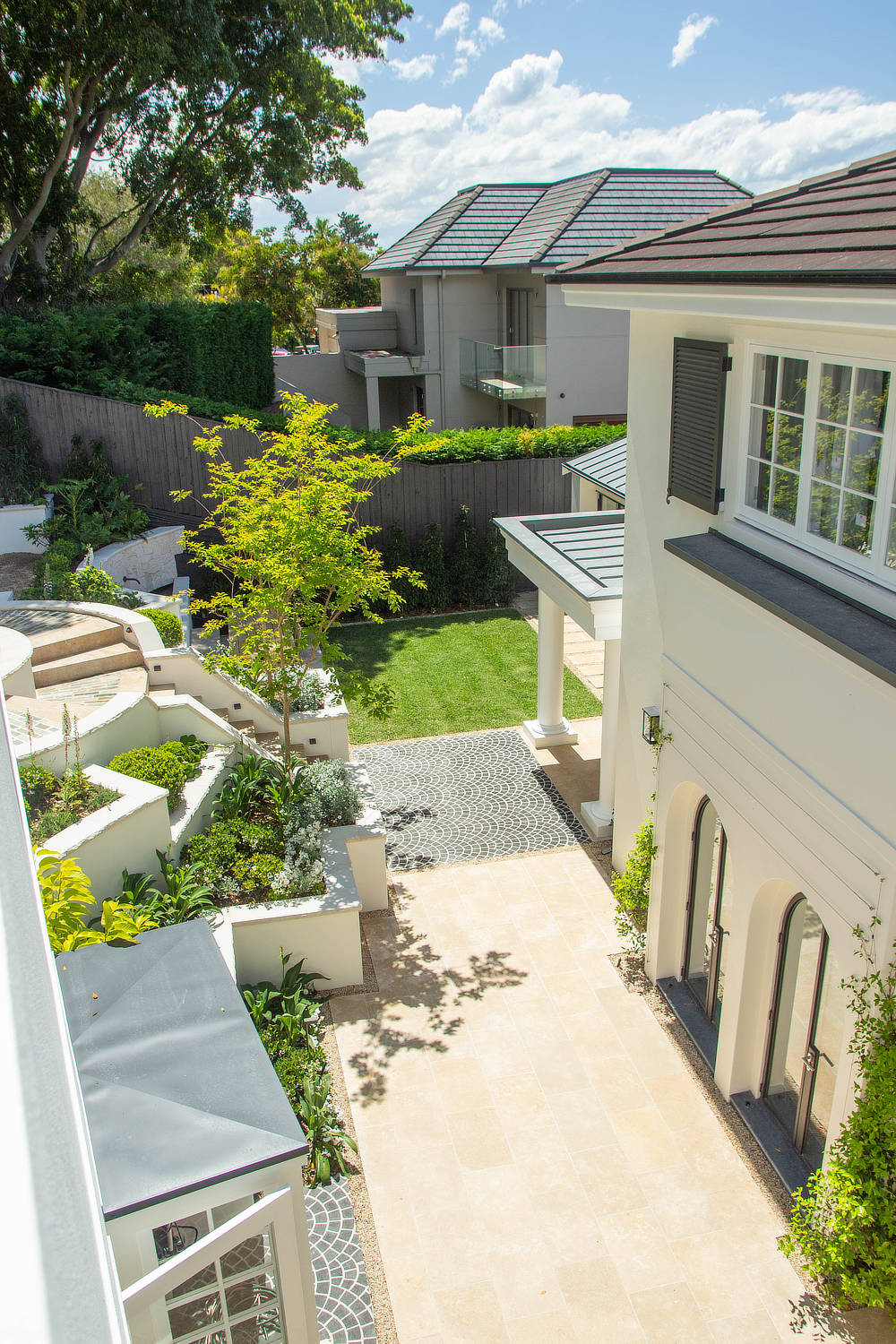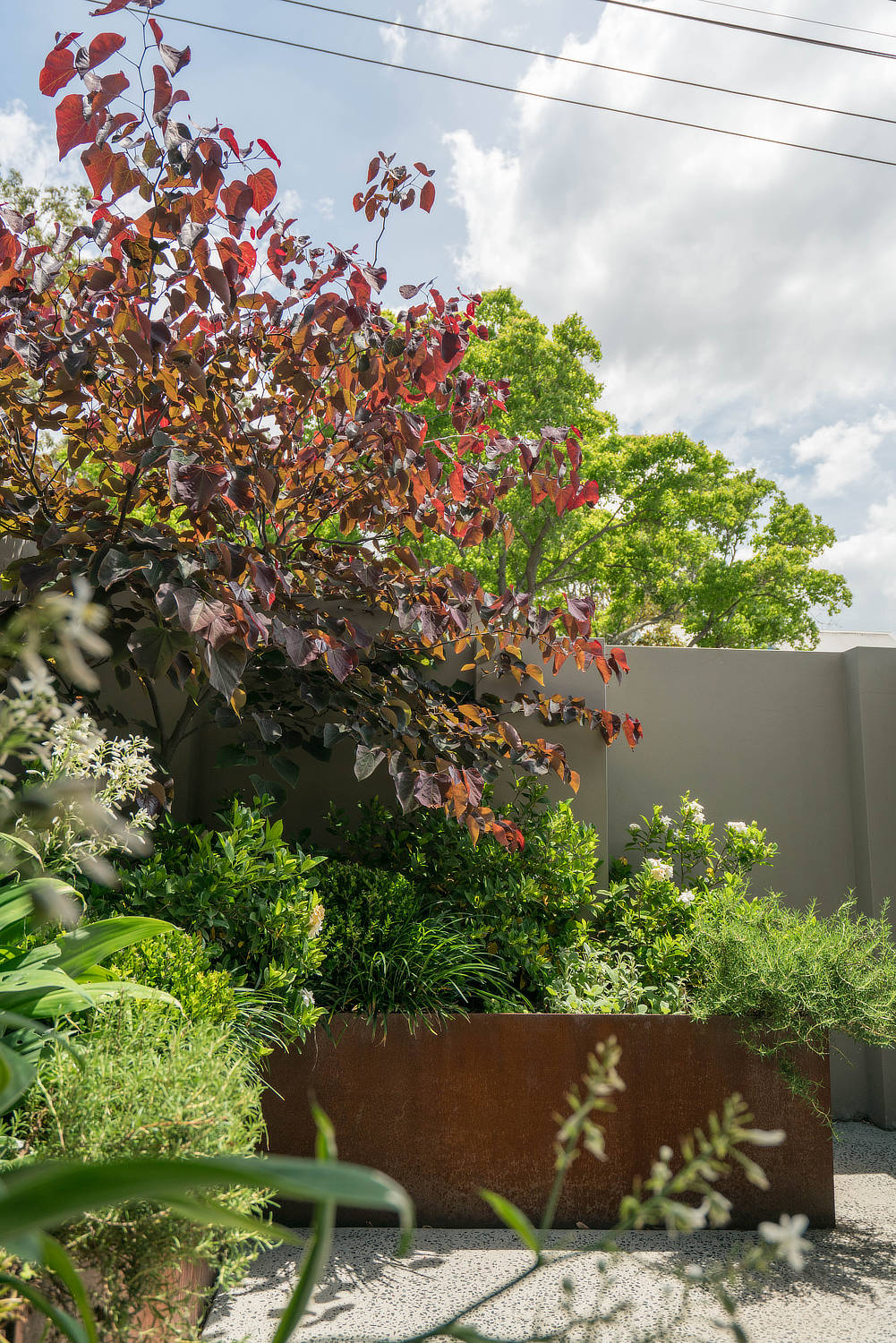Planting a garden in the middle of summer may seem like a crazy thing to do with the extra heat and stress on the plant and I don’t recommend large mass plant outs until the summer heat disappears however if you are anything like me even a quick walk around the nursery leads me leaving with a trolley full of plants! Rather than putting them in the ground and hoping they do well following my tips for planting in summer will ensure they thrive and beat the heat.
Picking the right plant for the right spot is vital at any time of the year but when you put something in the ground in summer you really need to make sure it gets the right amount of sun or shade, protection from wind or salty air, and the right amount of soil moisture. There is little room for error when it comes to getting the right amount of sun so also check your new plant hasn’t been raised in a shade house as even if it’s a sun hardy variety the sudden shock of being put in direct light might tip it in the wrong direction.
Make sure you improve the soil with compost to suit the type of plant and add some soil wetter such as EZIWET as this will ensure the moisture gets into the ground effectively and held onto for as long as possible. Getting your soil right is like having a healthy diet and this will help your plants to perform to the best of their abilities.
When it comes to the actual planting, I go through a bit of a check list to ensure I limit the shock that can occur during transplanting. Digging the hole is the first thing to do, as deep as the pot that’s going in and at least twice if not three times as wide. The extra width ensures roots find it easy to penetrate the surrounding ground and water can easily get into the root ball without risking run off.
I then fill a big bin or tub with water and seaweed tonic as per the dilution recommended on the pack. I place each plant, dunking as I go into the water allowing all the air bubbles to disappear. This completely soaks the roots and ensures there is no dry spots whilst the seaweed tonic, although low in actual nutrients, helps to settle the roots in and promotes quick and beneficial root growth. When I pull the pot out of the water, I take it above the new hole as quickly as possible to allow the excess seaweed tonic to fall into the hole and surrounding soil, this allows the soil to hold onto all the beneficial goodies in the tonic. I then knock the pot off and plant the plant, lightly back filling. I try to avoid root disturbance when planting especially if there is zero signs of the plant being pot bound as it stresses the plant out, which we are trying to limit when planting in the heat of summer. Sometimes though its unavoidable, if the roots are filling the pot and there is no space for new roots to get put you may want to take a sharp knife and cut away at some of the roots, the use of a sharp knife will limit tearing of the roots and minimise the shock of the process.
Once I have finished all the planting, I then use the excess seaweed water (further diluted if you need more water) to water in all the plants. I do this with a watering can with a rose to evenly distribute the water rather than tipping out a whole bucket in one spot. This removes any air pockets surrounding the plants and soaks the soil creating a bit of a reservoir around the new plants.
Mulching is a really important step when planting in summer as this will help the ground hold onto the moisture and lessen evaporation, although the mulch shouldn’t be heaped up around the base of plants you want to make sure the root ball of the plant is covered. You will also need to keep your plants well-watered to help settle them, especially on hot days remembering they have been treated like kings and queens in the nursery and expect daily soakings until the roots take hold and get out into the soil.


